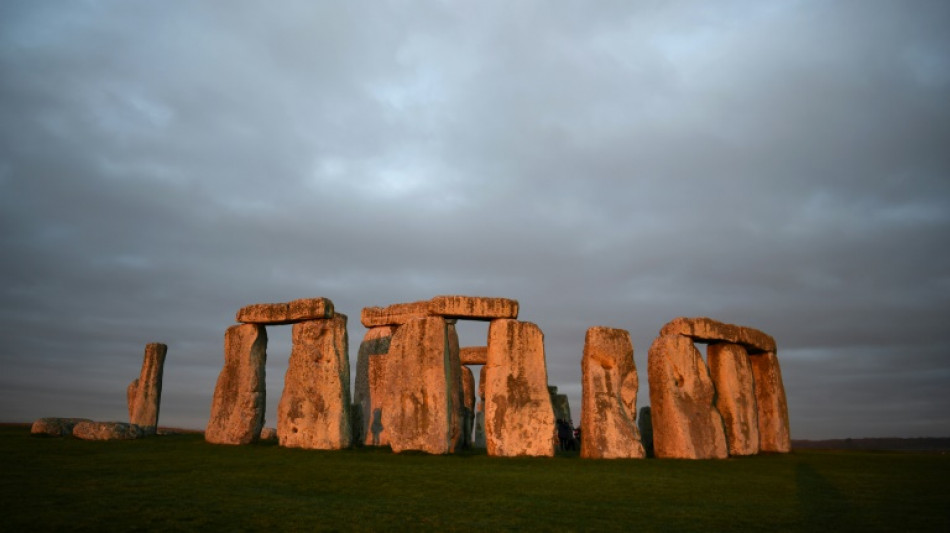
-
 Migrant's expulsion puts Washington Salvadorans on edge
Migrant's expulsion puts Washington Salvadorans on edge
-
Plan for expanded Muslim community triggers hope, fear in Texas
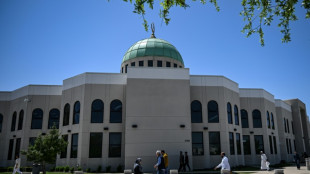
-
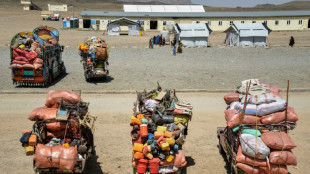 Pakistan foreign minister due in Kabul as deportations rise
Pakistan foreign minister due in Kabul as deportations rise
-
White House touts Covid-19 'lab leak' theory on revamped site

-
 Dodgers star Ohtani skips trip to Texas to await birth of first child
Dodgers star Ohtani skips trip to Texas to await birth of first child
-
US senator says El Salvador staged 'margarita' photo op

-
 Ford 'adjusts' some exports to China due to tariffs
Ford 'adjusts' some exports to China due to tariffs
-
Thomas maintains two-shot lead at RBC Heritage

-
 US to withdraw some 1,000 troops from Syria
US to withdraw some 1,000 troops from Syria
-
Four killed after spring storms wreak havoc in the Alps
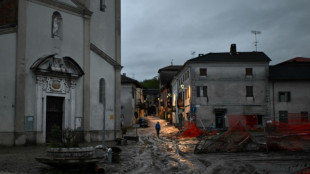
-
 Spurs' Popovich reportedly home and well after 'medical incident'
Spurs' Popovich reportedly home and well after 'medical incident'
-
Trump goes to war with the Fed
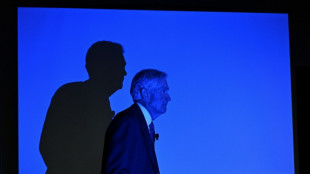
-
 Celtics chase second straight NBA title in playoff field led by Thunder, Cavs
Celtics chase second straight NBA title in playoff field led by Thunder, Cavs
-
White House site blames China for Covid-19 'lab leak'

-
 Norris edges Piastri as McLaren top Jeddah practice
Norris edges Piastri as McLaren top Jeddah practice
-
Trump warns US could ditch Ukraine talks if no progress

-
 Judge denies Sean 'Diddy' Combs push to delay trial
Judge denies Sean 'Diddy' Combs push to delay trial
-
80 killed in deadliest US attack on Yemen, Huthis say

-
 Lebanon says two killed in Israeli strikes in south
Lebanon says two killed in Israeli strikes in south
-
Trump says US will soon 'take a pass' if no Ukraine deal

-
 F1 success is 'like cooking' - Ferrari head chef Vasseur
F1 success is 'like cooking' - Ferrari head chef Vasseur
-
Cycling mulls slowing bikes to make road racing safer

-
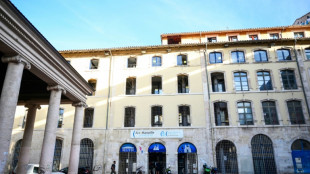 Macron invites foreign researchers to 'choose France'
Macron invites foreign researchers to 'choose France'
-
Klopp 'happy' in new job despite Real Madrid rumours: agent

-
 Alcaraz into Barcelona semis as defending champion Ruud exits
Alcaraz into Barcelona semis as defending champion Ruud exits
-
Vance meets Italy's Meloni before Easter at the Vatican
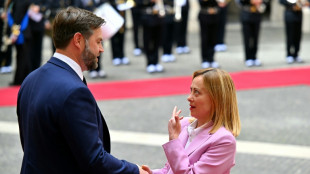
-
 Evenepoel returns with victory in Brabantse Pijl
Evenepoel returns with victory in Brabantse Pijl
-
Maresca confident he will survive Chelsea slump

-
 Mob beats to death man from persecuted Pakistan minority
Mob beats to death man from persecuted Pakistan minority
-
Lebanon says one killed in Israeli strike near Sidon

-
 Arsenal's Havertz could return for Champions League final
Arsenal's Havertz could return for Champions League final
-
US officials split on Ukraine truce prospects
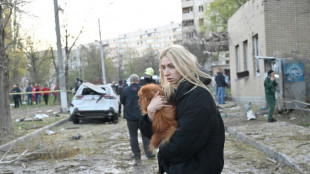
-
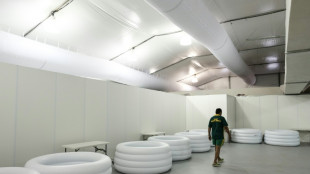 Client brain-dead after Paris cryotherapy session goes wrong
Client brain-dead after Paris cryotherapy session goes wrong
-
Flick demands answers from La Liga for 'joke' schedule

-
 'Maddest game' sums up Man Utd career for Maguire
'Maddest game' sums up Man Utd career for Maguire
-
Trial opens for students, journalists over Istanbul protests

-
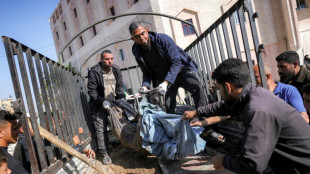 Gaza rescuers say Israeli strikes kill 24 after Hamas rejects truce proposal
Gaza rescuers say Israeli strikes kill 24 after Hamas rejects truce proposal
-
'Really stuck': Ukraine's EU accession drive stumbles

-
 'Not the time to discuss future', says Alonso amid Real Madrid links
'Not the time to discuss future', says Alonso amid Real Madrid links
-
74 killed in deadliest US attack on Yemen, Huthis say

-
 Southgate's ex-assistant Holland fired by Japan's Yokohama
Southgate's ex-assistant Holland fired by Japan's Yokohama
-
Vance meets Meloni in Rome before Easter at the Vatican
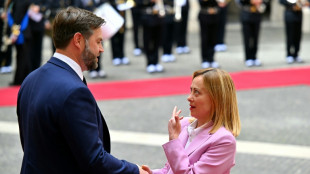
-
 Ryan Gosling to star in new 'Star Wars' film
Ryan Gosling to star in new 'Star Wars' film
-
Hamas calls for pressure to end Israel's aid block on Gaza
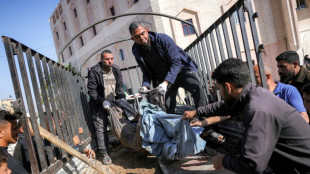
-
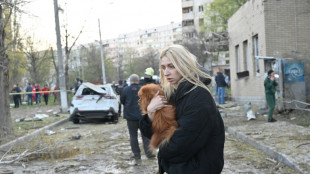 Russia says Ukraine energy truce over, US mulls peace talks exit
Russia says Ukraine energy truce over, US mulls peace talks exit
-
58 killed in deadliest US strike on Yemen, Huthis say

-
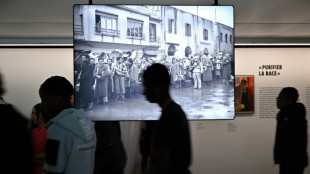 Museums rethink how the Holocaust should be shown
Museums rethink how the Holocaust should be shown
-
Three dead after deadly spring storm wreaks havoc in the Alps
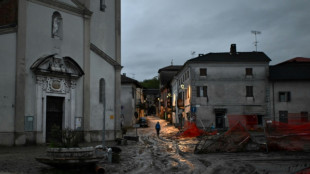
-
 No need for big changes at Liverpool, says Slot
No need for big changes at Liverpool, says Slot
-
Bloody Philippine passion play sees final performance of veteran 'Jesus'
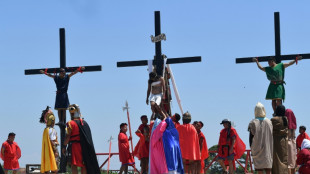

New show explores 'interconnected world' behind Stonehenge
As the sun rose over the frost on Salisbury Plain, archaeologist Sarah Greaney conjured up a picture of the hundreds of workers who built Stonehenge, a Neolithic wonder in southern England.
"These people are farmers, they have crops, they have animals and the turning of the year would have been a major part of their lifestyles," Greaney, senior properties historian at English Heritage, told AFP.
It is 4,500 years since labourers from across Britain and the European mainland descended on the vast plain in southwest England, hoisting the huge stones to form the now world-famous landmark -- a miraculous feat celebrated in a major new exhibition at the British Museum in London.
Declared a UNESCO World Heritage Site in 1986, Stonehenge was not built by slaves but by "volunteers" on a kind of spiritual pilgrimage, said Greaney.
"I imagine it a bit like your lifetime trip to Mecca," she added.
"Maybe once in your life, you go and spend a year helping with the big communal religious project, which is going to solve society's problems and sort out the relationship with the gods."
The stone monument -- carved and constructed at a time when there were no metal tools -- symbolises Britain's semi-mythical pre-historic period, and has spawned countless legends.
It consists of two concentric circles of stones columns and lintels, and it is believed there was once an altar in the centre.
The two main gates are aligned so that the sun rises through one on the longest day of the year, June 21, and sets through the opposite one on the shortest, December 21.
- 'Interconnected world' -
Adding further intrigue to the site, experts in 2011 revealed that many of the stones came from more than 250 kilometres (155 miles) away.
The builders, migrating in search of more fertile land, could have brought them with them, said Neil Wilkin, curator of the exhibition, which runs from February 17 to July 17.
The stones could have been chosen for their symbolic value, perhaps relating to the builders' ancestors, as remains of cremations were also found, he added.
The show highlights "the vast interconnected world that existed around the ancient monument", he said.
"That idea of being a farmer comes to England, to Britain, from the continent," he explained. "So we're following that through the objects that moved along."
These include an axe head made from green jadeite, mined 1,300 kilometres away in the Italian Alps, and brought to the region 6,000 years ago.
"The exhibition will illustrate these long-distance connections," said Wilkin.
The exhibition will show how recent discoveries using DNA and material analysis are consigning to history the idea that Stonehenge's builders were primitive.
Instead, it presents them as skilled artisans who were already displaying sophisticated understanding and techniques by 2,500 BC.
- 'Once in a lifetime' -
Three kilometres away from Stonehenge, at Durrington Walls, the remains of small houses were found in 2004.
The homes, made of intertwined branches and covered with plaster, housed hundreds of workers from far afield, wearing natural-fibre fabrics and leather slippers stuffed with grass to keep out the cold.
To put Stonehenge in its global context, the British Museum will bring together 430 objects on loan from 35 collections.
"It's a once-in-a-lifetime opportunity to see all of this stuff together," Adrian Green, director of Salisbury Museum, which is contributing to the show, told AFP.
Southwest England is dotted with Neolithic monuments.
They include the circular log structure, Woodhenge, at Durrington Walls, and the five stone burial chambers of West Kennet Long Barrow.
The nearby Avebury stone circle is three times the size of Stonehenge, with stones weighing up to 100 tonnes and a nine-metre (30-foot) deep moat.
The region hopes to take advantage of publicity surrounding the London exhibition to attract visitors after a slump in numbers due to the coronavirus pandemic.
One million people visited Stonehenge every year before Covid-19.
Officials hope new visitors will follow a tourist route called the Great West Way, taking in the other sites rather than just visiting the area on a day-trip.
Stonehenge lost its original use only 100 years after its construction with the arrival of people who brought with them from the continent the mastery of metal -- and with it a revolutionary cultural change.
But the site has never ceased to fascinate and each generation has assigned it a new and mystical purpose.
Many centuries later, thousands gather at the site as Celtic Druids celebrate the winter and summer solstices.
"There is not just one Stonehenge but many," said Wilkin.
O.Bulka--BTB



